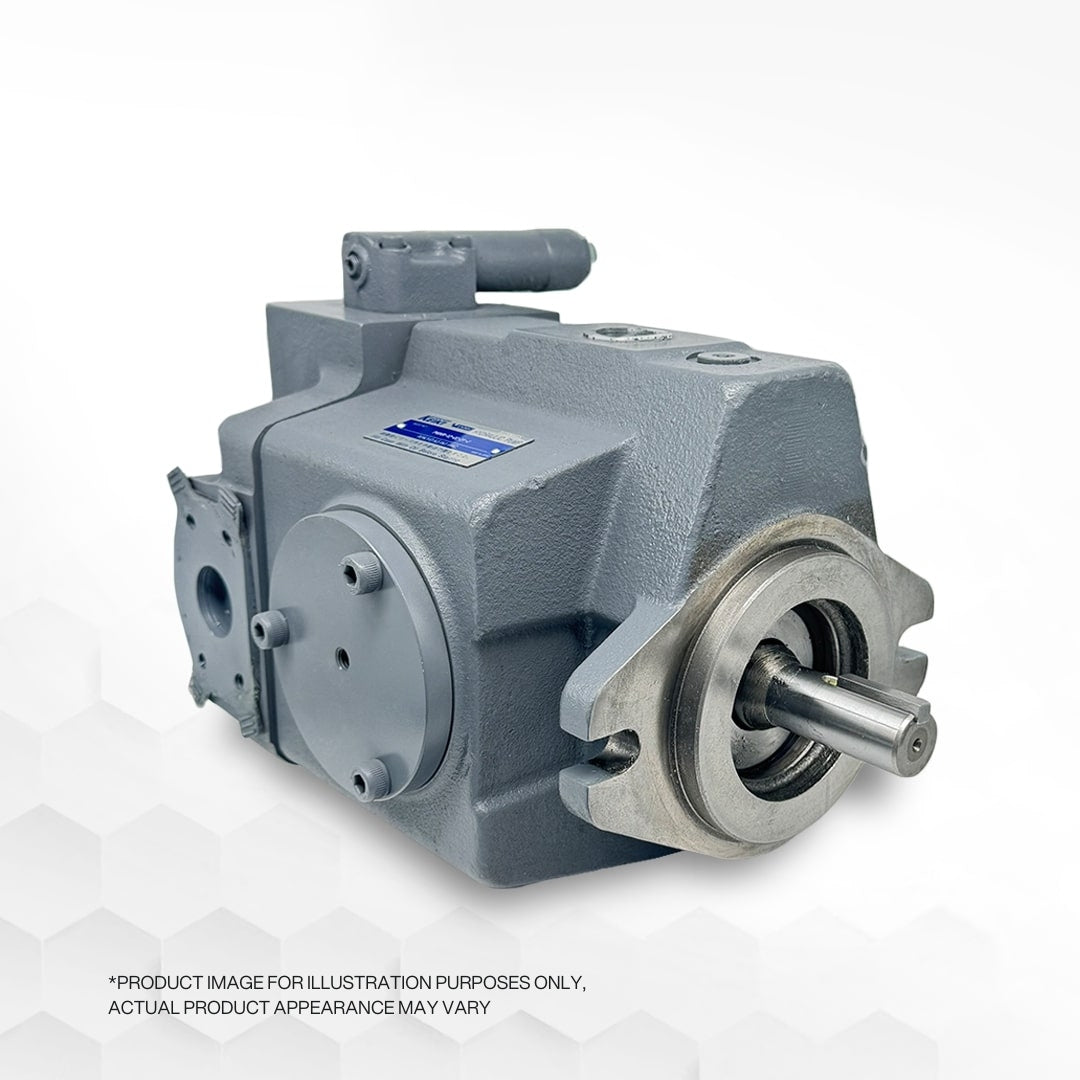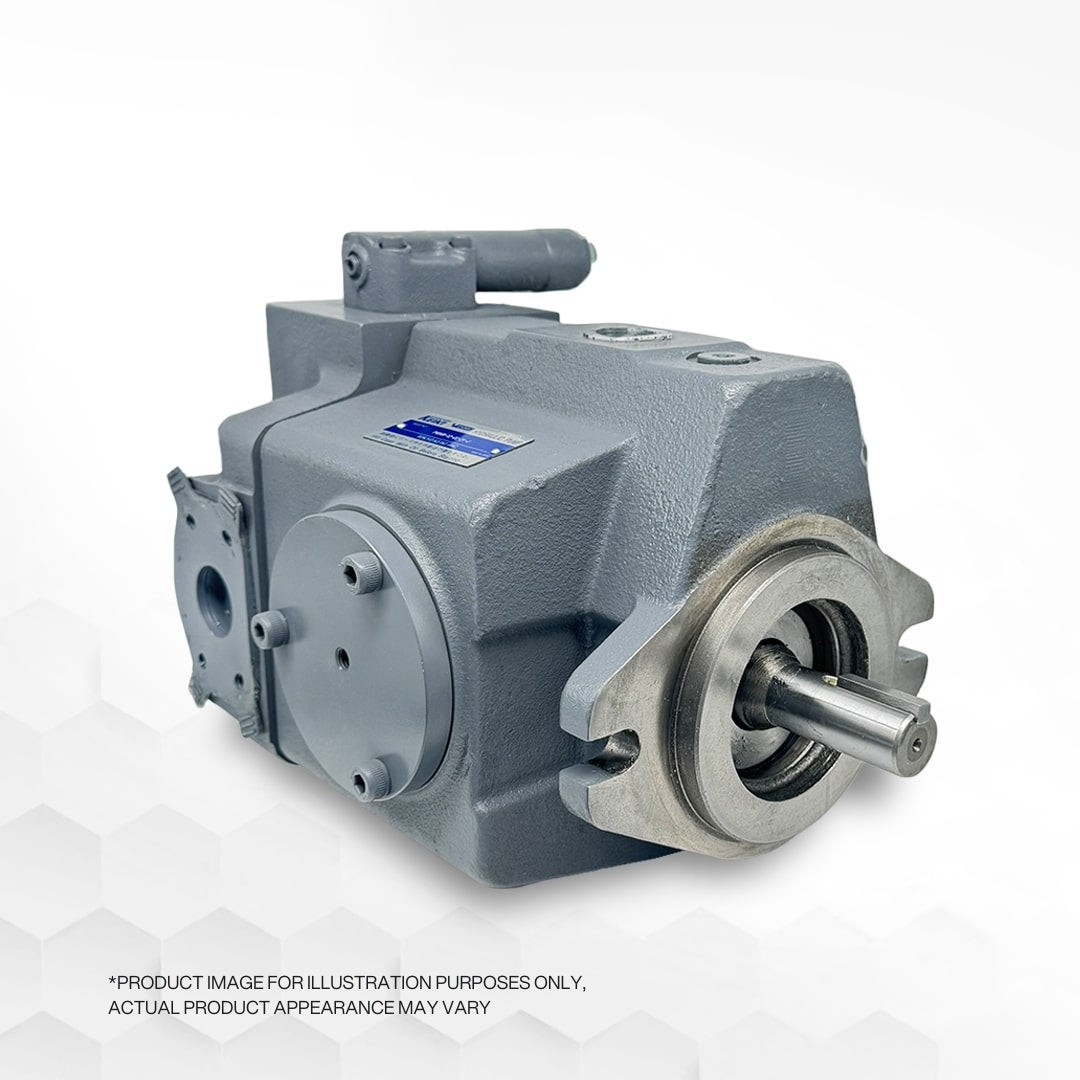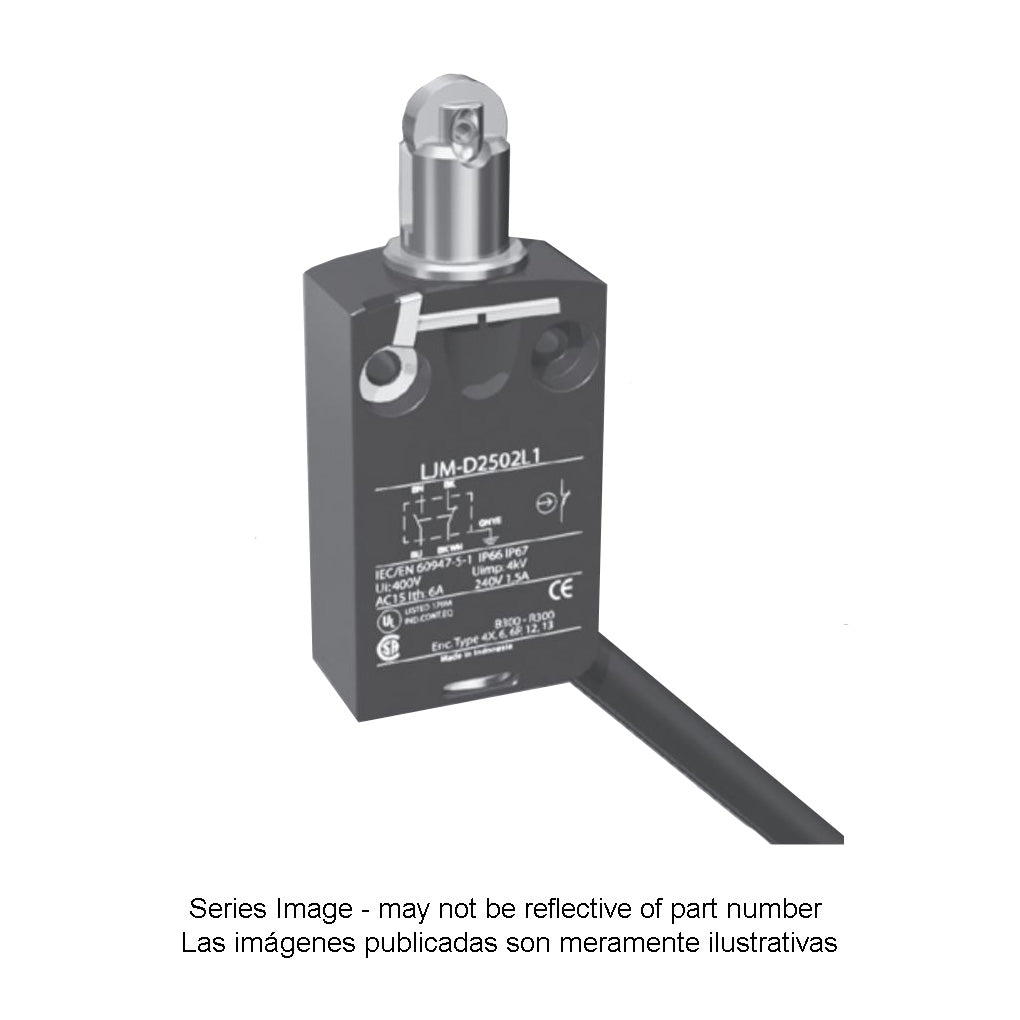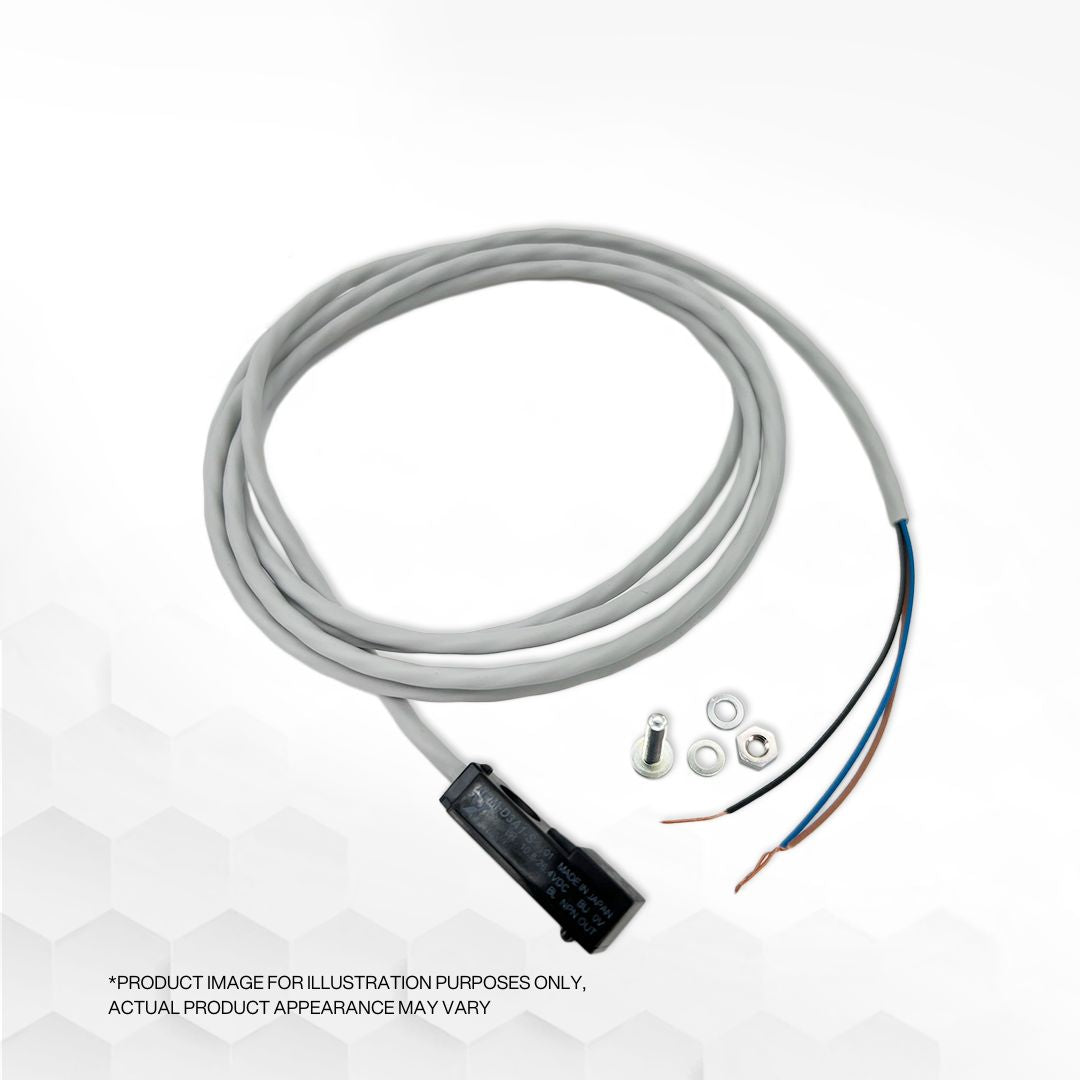
Temperature Effects on Hydraulic Systems
Numerous aspects of modern life heavily rely on hydraulic systems, ranging from large industrial facilities to neighborhood garbage trucks. While these systems are robust, they do have a vulnerability to extreme temperatures, both high and low. Cold temperatures can negatively impact hydraulic systems, causing elastomeric materials like rubber to become brittle and leading to issues with fluid viscosity. On the other hand, prolonged exposure to high temperatures can cause hydraulic fluids to degrade, resulting in reduced viscosity and a decline in system performance and efficiency.
Identifying the sources of heat generation within the hydraulic system is crucial in addressing high-temperature issues. Friction and compression of aerated fluids are common causes of heat buildup. If left unresolved, temperature extremes can cause severe damage to the hydraulic system, leading to costly repairs and reduced performance.
Proper maintenance and selecting suitable fluids for the anticipated temperatures are essential to safeguard hydraulic systems from temperature-related challenges. Careful monitoring and adjustments, including warming up the system before usage in cold temperatures and identifying heat sources in high-temperature situations, can help maintain optimal system performance and prevent costly damages.
In conclusion, temperature fluctuations directly affect the viscosity of hydraulic fluids, and their impact on the system can be irreversible if not addressed promptly. Understanding the effects of temperature and taking appropriate measures to manage and mitigate temperature-related issues are vital to ensure the reliability and longevity of hydraulic systems.









